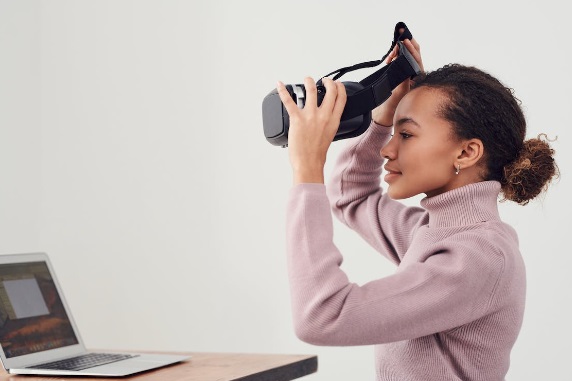Highlights:
- The potential of AR/VR to deliver clinical services to patients in their homes
- AR/VR technology can transform diagnostics, treatments, pain management, and mental health.
- Potential risks that companies must address to ensure that AR/VR medical devices are safe and effective
Augmented reality (AR) and virtual reality (VR) technology have already revolutionized many industries, and healthcare is no exception. In a recent publication, the US Food and Drug Administration (FDA) provided an overview of AR/VR medical devices, their benefits, risks, and emerging opportunities. The document highlights the potential for AR/VR to deliver clinical services to patients in their homes, enabling them to access needed healthcare services when accessing them in person would otherwise be difficult.
While the FDA acknowledges the potential benefits of AR/VR technology, including increased access to healthcare and less invasive procedures, it also notes the potential risks, such as cyber sickness and head and neck strain. The FDA’s list of medical devices incorporating the technology features 39 products across several therapeutic areas, including orthopedics, ophthalmics, radiology, neurology, and cardiovascular.
However, as companies work to deliver those benefits, they must also be alert to the potential risks of AR/VR technology. The FDA lists cybersecurity and privacy threats as probable general risks and specific concerns related to pediatric populations. The FDA’s document provides definitions of AR and VR and explains how the technology impacts medical devices. The FDA also emphasizes the importance of ensuring that AR/VR devices are safe and effective and comply with regulatory requirements.
In conclusion, AR/VR technology has the potential to transform healthcare by enabling patients to access healthcare services when accessing them in person would otherwise be complex. While the technology offers several potential benefits, there are also potential risks that developers must address to ensure that AR/VR medical devices are safe and effective. The FDA’s publication highlights the emerging opportunities of AR/VR technology in healthcare. It underscores the importance of collaboration between stakeholders to ensure the safe and effective deployment of the technology.
Recent News

November 07, 2023
UT Arlington’s Smart Hospital: Innovations and Advancements
The University of Texas at Arlington (UT Arlington) innovative hospital has […]
Read More
October 22, 2023
Healthcare’s 2023 Dilemma: Staffing Gaps
The healthcare sector in the US is grappling with a significant […]
Read More
